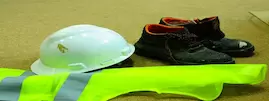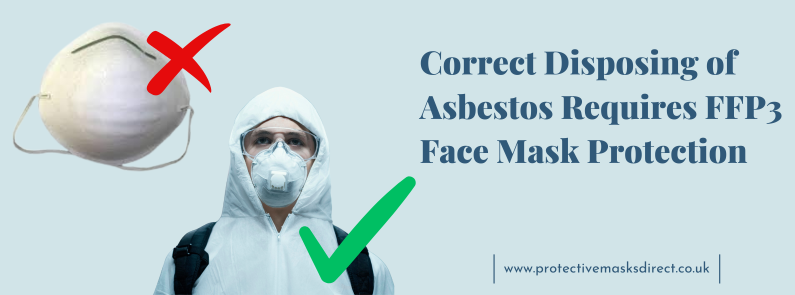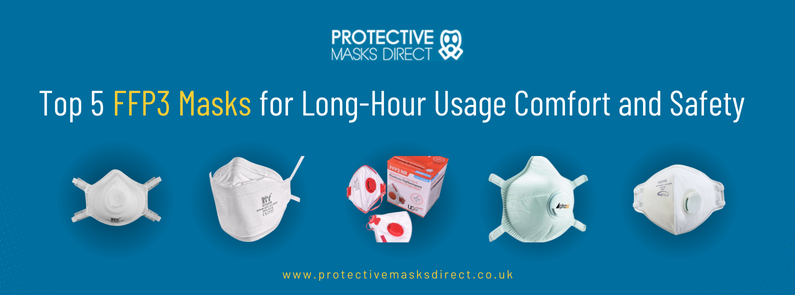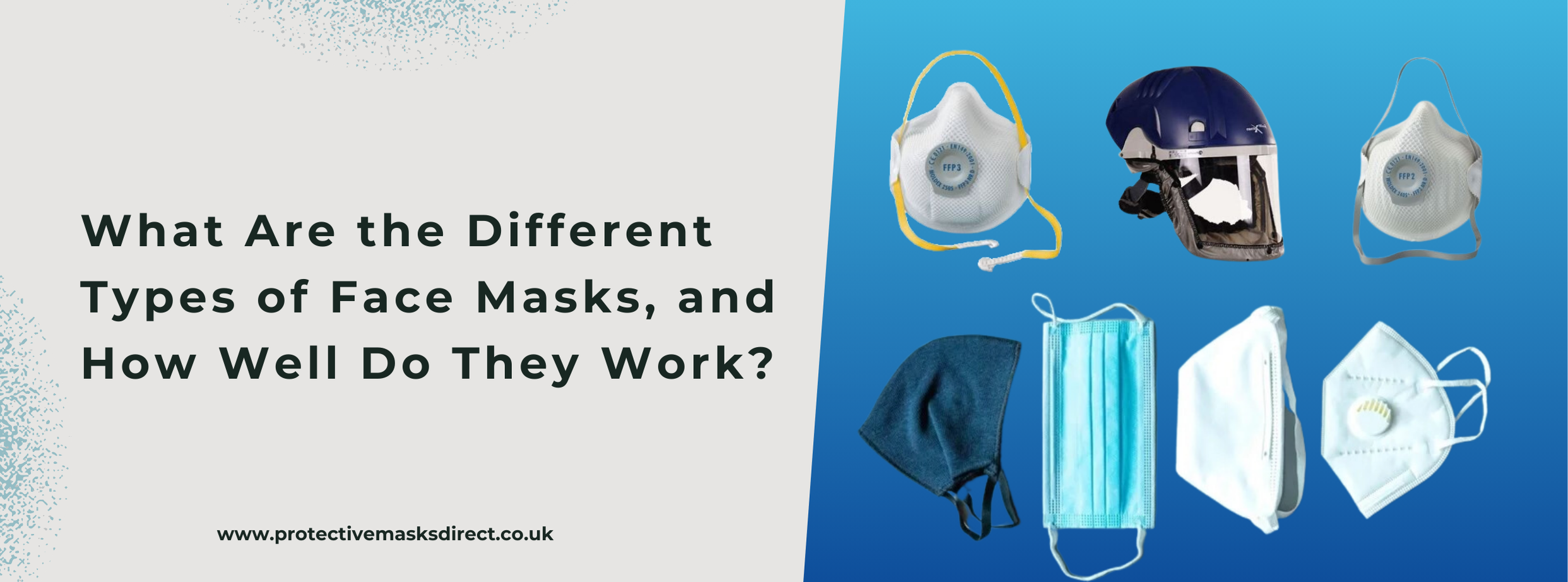
The protection of your employees a the construction site is a high priority. Whether it is for preventing occupational accidents, injuries or contraction of diseases, choosing the right personal protection equipment (PPE) like vests, masks, eye protection, gloves and helmets, is a crucial decision.
But how can you provide the right Personal Protective equipment while maintaining high visibility for your workers?
Read on to find out about the new-gen high visibility PPE for construction work.
The Need for High-Visibility
Nearly all construction sites have Hi-Vis Policy. Therefore, high visibility gears are required especially in low-lighted, low visibility areas. They must reflect from all angles for the safety of the workers. Out of the three classes of Hi-Vis clothing, BS EN471 Class 3 is graded the highest, providing maximum visibility.
The Health and Safety Executive (HSE) guidelines cater to the risk factors, compatibility with the job at hand and with other PPEs, the comfort of the wearer and standards that need to be met to qualify for optimum usage of protective clothing.
Asbestos PPE
While working with Asbestos Containing Materials (ACMs), workers need to be aware of lagging insulation, sprayed coatings and asbestos insulation boards (AIBs).
Asbestos PPE, also including RPEs are highly important while dealing with ACMs. They involve gloves, footwear and disposable overalls, ideally Type 5 (BS EN ISO 13982-1+A1). Microproporous-Metec and SMS-Metec Cat 3 Type 5/6 Coveralls are very effective too. FFP3 asbestos mask Pro 3 are lightweight masks for comfort.
Laced boots must be avoided because they are difficult to clean. Used overalls should never be carried home.
RPEs include disposable respirators, EN 149 (type FFP3) or EN 1827 (type FMP3), semi-disposable respirators (to EN 405) with P3 filter and a half-mask respirator mask (to standard EN 140) with P3 filter. They are highly effective for short-duration non- license work. For workers with beards and stubble, hooded respirators are better suited to their needs.
RPEs must never be dangled around the neck and should always be fitted with a proper filter.
Hi-Vis Thermal Waistcoat
They are the new generation construction wear having revolutionized hi-vis clothing. They offer easy workability. They’re 100% polyester, sometimes having anti-pill fleece bonded with warp knit providing the wearer with the best of both worlds.
Workers can expect a smooth, supple and stretchable fabric that provides flexibility in movement. Their durability and windproof feature provide comfort in low temperatures. There’s noiseless, lightweight experience to look forward to. They can be used in airports and warehouses apart from construction sites.
Hearing Protection PPE
Workplaces and sites that are subjected to high noise pollution warrant the usage of specialized kits for them. Injury to the eardrum may fully or partially impair hearing for an individual. Hearing Protection PPEs include earplugs, ear defenders and earmuffs.
The following specification codes are necessary while selecting the correct hearing protection equipment:
Ear Muffs EN253-1:2002
Ear Plugs EN352-2:2002
Helmet Mounted Ear Muffs - EN 352-3:2002
Level Dependent Ear Muffs - EN 352-4:2002
These are ergonomic, fit snugly and come in both disposable and reusable varieties.
Head and Eye Protection PPEs
Poor vision during work due to dust or debris suspended in the air may lead to accidents. They can also affect the eyesight leading to the lodging of foreign bodies in the eye, cuts, irritation or even blindness. Head injury is one of the most common risks of industrial or private construction hazards. Helmets, headbands, chin and nape supports are absolutely necessary while opting for such types of equipments.
Eye protection gears need to maintain specification standards such as BS 7028 and BS EN 166 whereas for head protection, standards BS EN 397 and BS EN 14052 need to be followed.
Helmets with lenses are a better choice for reinforced, combined protection up to EN 166B 2C-1.2 FT standard. The ones with attached face shields, respirators as well as ear protectors, provide all-round safety adhering to EN166.1.AT standard.
Prevention Is Better Than Cure
HSE claims that around 7 workers lose their lives and 93 are injured due to poor visibility in road traffic accidents or construction sites. Therefore, it is highly imperative to wear clothing that is starkly visible at all times of the day, irrespective of the lighting. High reflecting, comfortable and sustainable work wear can prevent many such untoward events and protect the workers optimally.




